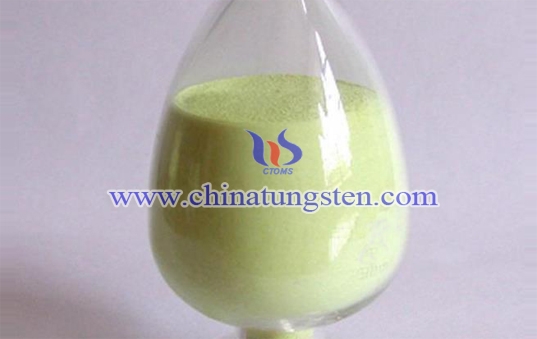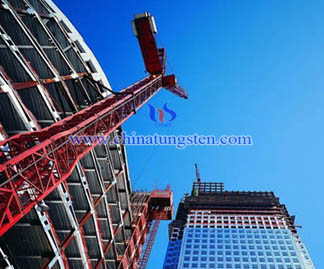Tungsten Oxide Application in Construction Industry

New Material of Concrete Antimicrobial and Anticorrosive in Sewer
Sewer is the integral part of infrastructure in a city which plays an irreplaceable role in the living environment of safety, construction and comfortable. In recent years, the corrosion degradation has caused many social problems, such as the collapse of the road, and thus attracted widespread attention.
Sewer corrosion mainly brought out by the oxidation of sulfur-oxidizing bacteria and generated the sulfuric acid and hydrogen sulfide which constantly corrode the pipe surface. In the past, anti-corrosion protection of concrete structures sewer facility is mainly used in the surface coating or a coating method for coating a sheet of resin-based material. These methods have a big challenge in terms of construction; besides, the adhesion and anti-scratch is weak; with relatively short life (only 3 to 6 years). Therefore, a new material with strong anti-corrosion is called.
Recently, studies have shown that tungsten oxide and nickel as the antimicrobial agent doped in the concrete, pays the role of inhibiting the sulfur-oxidizing bacteria antibacterial activity, is a new anti-corrosion material with excellent durability. Sulfur oxidizing bacteria is acidophilus which the optimum growth pH range is 2~3; tungsten oxide dissolved in the acid which can inhibit the growth of sulfur-oxidizing bacteria with the joint function of nickel, thereby suppressing the formation of sulfuric acid. Compared to ordinary concrete, the corrosion depth of this concrete is only 1/5 of it, and the sulfur penetration depth of about 1/4 of it; presumably, that anti-bacterial concrete contains mixtures of tungsten oxide and nickel can ensure 50 years of standard service life. In addition, the experimental results of elution maximum body and toxicity of the antimicrobial concrete have shown that its toxicity is very low and does not cause adverse effects on the environment; what the most importantly is that as a building material, it doesn’t causes any negative effect compressive strength to concrete.

